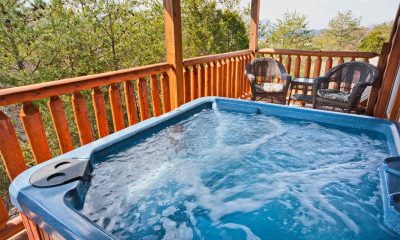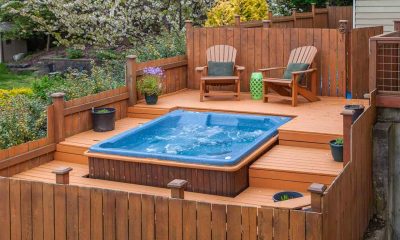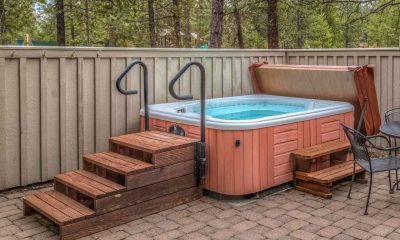Hot Tubs
Should You Add a Spa to your Pool? Pros and Cons
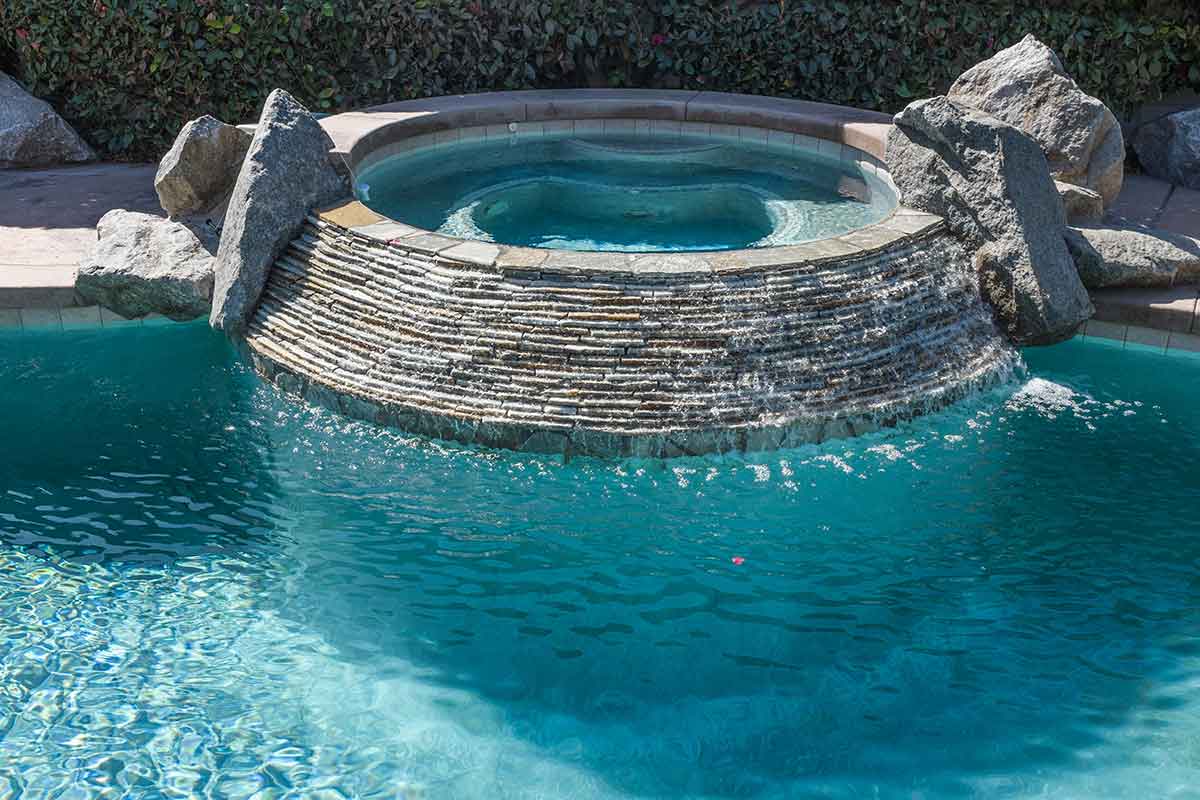
If you’re considering adding a spa to your swimming pool, you’re not alone. Many people are opting for this type of installation these days. But before you make any decisions, it’s important to weigh the pros and cons. In this article, we’ll take a look at some of the most important factors to consider when making your decision.
Pros of Adding a Spa
If you’re considering adding on a spa, there are several things you should take into account. Here are some pros of adding a spa that will help you make your decision:
- One pro is that spas can be very relaxing. Soaking in hot water can help to relieve muscle tension and pain. It can also be a great way to wind down after a long day.
- Another pro is that hot tubs and spas can be used for social gatherings. They provide a great space for people to relax and chat. You can even host parties or events around your spa.
- One of the best things about spas is that you can use them all year round. In the winter, they’re a great way to stay warm while you enjoy the outdoors. In the summer, they provide a refreshing way to cool down after a long day in the sun.
- Finally, spas and hot tubs can add value to your home. If you ever decide to sell your home, adding a spa on to your pool may make it more attractive to potential buyers.
Cons of Adding a Spa
Conversely, if you’re on the fence and are wondering if there are any drawbacks to adding a spa, here is what you should know:
- One con is the cost. Inground pools and spas can be very expensive, the price is going up and if you’re not careful, you can end up spending a lot of money on one.
- Another con is the maintenance. Inground spas require a lot of upkeep and if you’re not prepared to do this, you’ll quickly become frustrated with your purchase.
- Finally, inground spas can take up a lot of space and if you have a small yard, this may not be the best option for you.
What You Should Think About When Considering Adding On a Spa
Ultimately, one of the biggest considerations is cost. Spas are expensive, and pools are even more so. A jackhammer makes a poor eraser though, so if you are considering adding on a spa to your pool at so point, it’s often cheaper to add a spa at the same time. This is because the pool builder can do both installations at once, which saves on labor costs.
How much does a spa cost?
It really depends on the make and model of spa that you’re looking at. Inground spas are generally more expensive than hot tubs are. The price of a hot tub usually ranges from about $5,000 to $10,000. Usually, inground spas range anywhere from $10,000 to $20,000 or more.
If you’re looking for a high-end spa with all the bells and whistles, you can expect to pay closer to $15,000. But if you’re just looking for something to relax in after a long day, you can find models for as little as $10,000.
Other Cost Considerations
Of course, the cost of a spa isn’t just the upfront cost itself. You also have to factor in things like installation costs and ongoing maintenance costs. So it’s important to do your research before you make any decisions.
Another important consideration is installation time. Most hot tubs can be installed in a single day while an inground spa is going to definitely take longer. If you don’t relish the thought of having a crew come back to install one at a later date and disrupt your yard, the most opportune time to install a spa is during your pool construction.
Finally, there’s the question of maintenance. Spas require just as much maintenance as pools do if not more. While they are a great way to relax and unwind, they also come with a few costs. Let’s take a look at what is involved with maintaining a spa.
Spas require some chemicals to keep the water clean and safe for soaking. These can include chlorine, bromine, and PH balancers. Depending on the size of your pool and spa, you may need to purchase these chemicals in bulk. You will also need to regularly clean your filters to prevent dirt and debris from clogging them. Depending on the type of filter you have, you may need to replace them every few months.
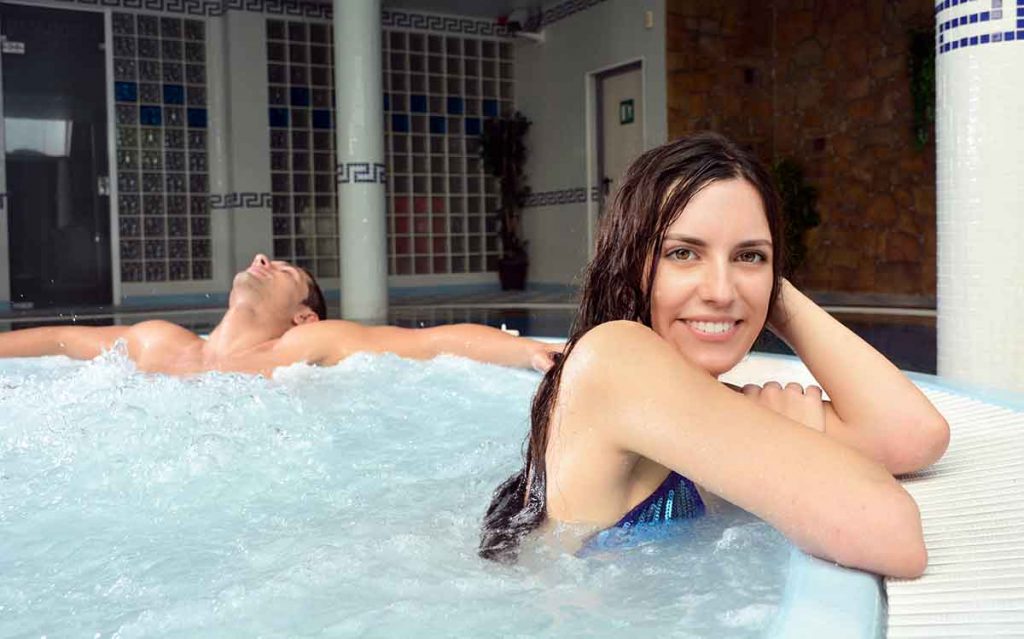
Inground Spa vs Hot Tub – Which is Best?
For those pool owners wishing they had purchased a spa too, a hot tub becomes an appealing option. When it comes to choosing an inground spa or a hot tub, it can be difficult to decide which is the best choice to make. Both have their own unique benefits and drawbacks, so it really depends on your specific needs and wants. Let’s compare and contrast them for a moment so that you can make an informed decision about which one is right for you!
- In-ground spas are generally larger and more luxurious than hot tubs. They are also inground, so they can be a great addition to your backyard landscape. However, inground spas are also more expensive to install and maintain than hot tubs.
- Hot tubs are less expensive than inground spas and they are easier to install. Hot tubs are also portable, so you can take them with you if you move. However, hot tubs are not as large as inground spas and they don’t offer the same luxury features.
So, what’s the verdict? There’s no right or wrong answer, it all depends on your personal preferences and situation. Weigh the pros and cons carefully before making your decision. Either way, you’ll end up with a beautiful backyard retreat that you can enjoy for years to come.
Hot Tubs
Hot Tub Safety: Two Truths & a Lie
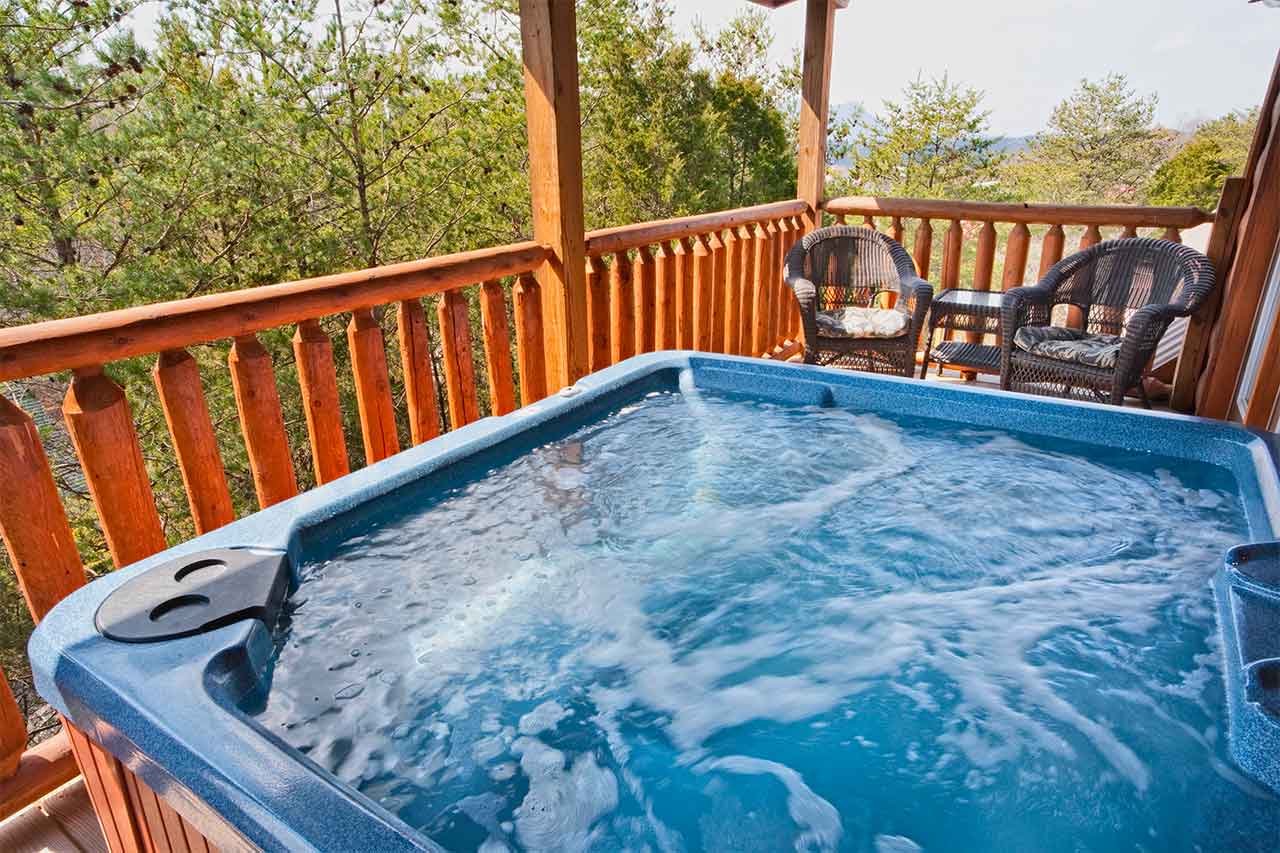
The COVID-19 pandemic has impacted our lives and communities in various ways, including what people have turned to for leisure and recreational activities. Because many had to cancel vacation plans and limit their activities, people explored new ways to enjoy time spent at home. Buying hot tubs and swimming pools to transform their living spaces into private oases became a popular option.
Hot tub sales have seen a significant increase since the pandemic, as they are a more feasible alternative to swimming pools. Hot tubs are more affordable, take up less property space and have relatively lower maintenance requirements – but this does not mean they don’t have the same safety concerns.
The Importance of Hot Tub Safety
Although they are smaller and require less maintenance than swimming pools, hot tubs have significant safety concerns that should never be ignored or neglected.
Proper maintenance including cleaning, water balance checks, inspections and servicing, as well as following safety guidelines and regulations, can help keep those using the hot tub safe while also extending the lifespan of its components.
In honor of the International Code Council’s Building Safety Month campaign, here we address the importance of hot tub maintenance and what you need to know to ensure it remains safe for you, your friends and your family.
Truth #1: Your Hot Tub/Spa Needs to Be Up to Code
Hot tubs and spas have codes that address their safety requirements and maintenance. The 2021 International Swimming Pool and Spa Code® (ISPSC) is a comprehensive code that is coordinated with requirements from other International Codes® (I-Codes) and the Pool & Hot Tub Alliance (PHTA).
This ISPSC sets the minimum safety requirements for hot tub installation, operation and safety. It covers areas such as:
- Proper recirculation rates
- Proper chemical applications
- Ideal pH levels
- Importance of skimmers
- Suction outlet fitting assembly requirements
- UL listed portable spa exemptions
- Safety glazing in accordance with hazardous locations
- Electrical requirements
Work with your local building department to ensure you are implementing applicable and up-to-date codes, standards and regulations for your hot tub. They will be able to assist with obtaining any required permits and may be able to help find a reputable contractor.
Most states don’t have, or require, a pool and/or hot tub contractor license. However, regardless of licensing requirements, obtaining a permit can ensure that the contractor includes the plumbing, mechanical and electrical items on the permit.
PHTA also has contractor certifications, which may be a good way for property owners to ensure that the contractor they are using understands the codes and standards that govern the installation and maintenance of hot tubs.
Truth #2: It is Important to Stay in a Safe Temperature Range
Even though you may be tempted to crank up the heat in your hot tub, staying within the recommended temperature range can both prevent the risk of pathogens and pollutants and reduce the risk of burning or dehydration.
According to the U.S. Consumer Product Safety Commission, the safest temperature range for a hot tub is between 100 to 102 degrees Fahrenheit and the temperature should never exceed 104 degrees Fahrenheit.
Maintaining this safe temperature range, combined with proper maintenance and periodic water testing, can help prevent the growth of pathogens. The elevated temperatures create an unlivable environment for many microorganisms, including bacteria and viruses.
The higher temperatures can also help enhance the effectiveness of sanitation measures. For example, if the hot tub water is treated with chlorine, the sanitation process would be accelerated at a higher temperature, allowing for more efficient removal of pathogens in the water.
The higher temperatures can also affect sanitation and chemicals being applied to the water. For example, if the hot tub water is treated with chlorine, that chlorine could be converted to chloramine faster, requiring additional chlorine to be added.
Chlorine acts as an oxidizer, attacking contaminants and destroying them. While the chlorine is working, the chemical reaction will produce chloramines. These chloramines are what can give hot tub water a smell. Chloramines are a type of combined chlorine that form in water and then off gas into the air above the water. These chloramines can build up in the hot tub water, adversely affecting the air quality surrounding the hot tub location.
Furthermore, most spa and hot tub manufacturers recommend bromine, not chlorine, when operating with higher temperatures. Bromine won’t dissipate as quickly at the higher temperatures, and the pH level will have a greater effect on the chlorine than temperature.
The Lie: You Can Go Chemical-Free
Chemicals are necessary in hot tubs to kill harmful bacteria and maintain safe water levels. Common chemicals that are used to treat hot tubs and spas are:
- Chlorine is used to kill bacteria, viruses and other microorganisms to maintain clean and safe water conditions.
- Hot Tub Shock is used to kill contaminants and restore water clarity by oxidizing and breaking down unwanted substances.
- Alkalinity Increaser is used to raise the total alkalinity of the water.
- pH Increaser and Decreaser is used to adjust the pH level of the water. The ideal pH range for a hot tub is typically between 7.2 and 7.8.
- Calcium Hardness Increaser isused when the calcium level is too low. Maintaining proper calcium hardness levels helps prevent the water from becoming corrosive.
- Line Flush Cleaner is used to remove built-up residue, oils and contaminants from plumbing lines to prevent potential clogs or blockages.
When using these chemicals, it is essential to follow the manufacturer’s instructions and local health regulations regarding the use and dosage in hot tubs. Improper use of chemicals can lead to imbalanced water chemistry, skin irritation or other health issues.
Chemicals should also be stored in accordance with the manufacturer’s instructions and in a separate location from an equipment room. Chemicals can potentially reduce the lifespan of hot tub equipment due to the adverse air quality condition created when storing them.
Creating a Safe Home Environment
If you are considering purchasing a hot tub, or if you already have one, it is essential that you ensure it is maintained correctly. By educating yourself and following applicable safety measures, you can create a relaxing and enjoyable environment at home while safeguarding the health and well-being of yourself and others.
The Code Council has several resources and tools available to help maintain a safe home environment that can be found on the Building Safety Month website.
Hot Tubs
Hot Tub & Spa Sales Growth Predicted To Continue
Hot tub and spa sales growth predicted to continue. The global market hit $19 billion in 2022 and is predicted to increase to $23.5 billion by 2030.

There is no denying that hot tub sales have cooled over the past two quarters in the US, Australia, and the U.K., yet the market remains solid according to analysts. The global market for hot tubs and spas crossed the $19 billion mark in 2022 and is expected to continue to grow to $23.5 billion by 2030 according to Business Market Insights. This is predicted despite increasing concerns about inflation and reports of curtailed spending by consumers.
The number of pool construction projects has certainly stabilized back down to pre-Covid 19 levels, though that correlation to the hot tub industry appears to be less of a factor. It’s an encouraging sign that there are still plenty of consumers looking to start a hot tub project in their backyard.
As the world begins to emerge from the COVID-19 pandemic, many industries have experienced fluctuations in supply and demand. The hot tub industry was certainly no exception. During the height of the pandemic, the demand for hot tubs skyrocketed as people sought to create their own private oasis at home. However, this increase in demand led to longer lead times for hot tub delivery, sometimes stretching several months or more.
What a Changing Retail Environment For The Hot Tub & Spa Sector Means for Consumers
As the pandemic winds down and hot tub dealers are stocked up, lead times are finally equalizing. This means that dealers are now able to keep up with the increased order flow, and it no longer takes 8 weeks or longer to receive inventory. This should come as welcome news for consumers who have been waiting to make their purchase and want to start enjoying their hot tub as soon as possible.
It is important to note that this equalization in lead times does not mean that dealers are sitting on inventory. In fact, most hot tub dealers have had trouble keeping up with demand due to supply chain disruptions and factory shutdowns during the pandemic. Instead, it means that dealers are now able to order and receive hot tubs from manufacturers more quickly, which in turn allows them to fulfill orders in a shorter timeframe.
This is a positive development for the hot tub industry as a whole. It means that consumers can now purchase hot tubs without worrying about long wait times or delays, and dealers can fulfill orders more quickly and efficiently. It also shows that the hot tub industry has adapted to the challenges of the pandemic and is now in a better position to meet the needs of consumers.
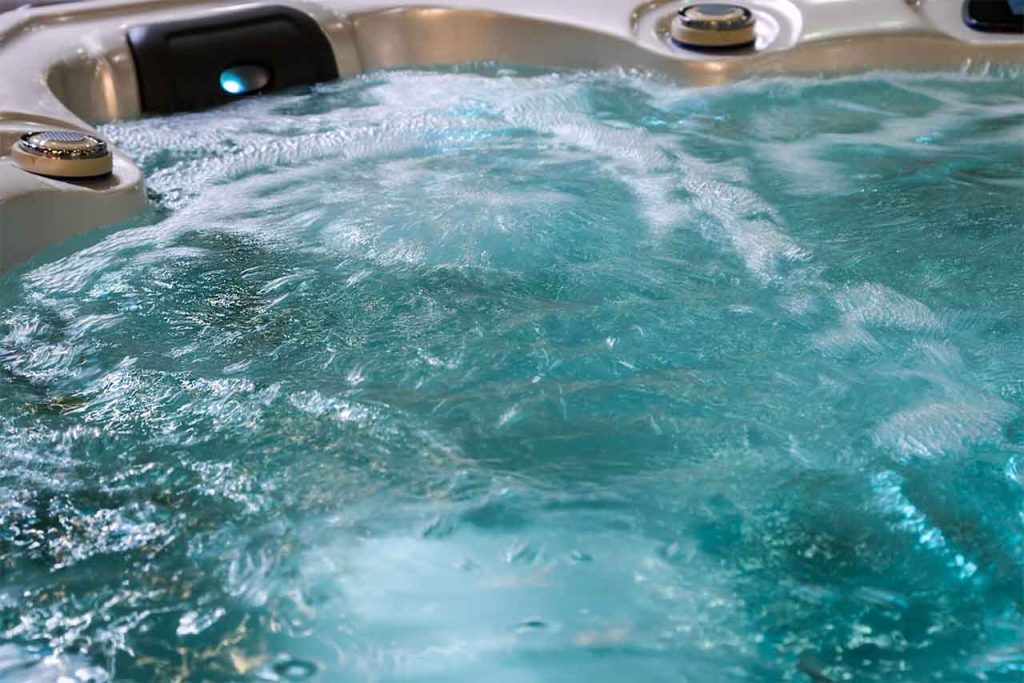
A Change in Consumer Habits
One thing the pandemic changed was the way consumers purchase. As people spent more time at home during quarantine, the demand for hot tubs and spas increased. However, many brick-and-mortar stores were closed or had limited hours, which led to a surge in online shopping. The by-product was an increase in online retail sales, one which has not tapered off according to retailers.
Spa retailer Andrew Ellis of Steam Shower Store discussed how plenty of consumers are still looking to bring home the spa experience. “We’ve been selling more spas and home saunas through our e-commerce platforms SteamShowerStore.co.uk and Vidalux.co.uk. This trend is not surprising as the benefits of hot tub ownership are numerous, including relaxation, improved sleep, and pain relief,” said Ellis, “consumers recognize the value and comfort of owning one, and that will remain a factor for growth.”
Low Cost of Hot Tub / Spa Ownership Makes Hot Tubs Appealing to Mid-Range Consumers
The average price of a swimming pool has gone up substantially in recent years. As swimming pools have become more expensive and consequently out of reach for some consumers, many have continued to look for more affordable alternatives that still offer the benefits of relaxation and recreation. One such alternative that remains within reach for mid-range consumers are hot tubs and spas.
Hot Tubs & Spas Have Become a Budget-Friendly Option For a Number of Reasons
Hot tubs and spas are typically much less expensive than swimming pools, making them an attractive option for consumers who want to enjoy the benefits of hydrotherapy without spending a fortune. They are also more compact and can be installed in smaller outdoor spaces or even indoors, making them a more feasible option for homeowners with limited space.
Another advantage of hot tubs is that they can be used year-round, while swimming pools are typically limited to use during the summer months in many parts of the world. This makes hot tubs a more versatile investment for those who want to use their outdoor space throughout the year.
Furthermore, advances in technology have made hot tubs more efficient and easier to maintain than ever before. Modern hot tubs can be equipped with energy-efficient features such as insulated covers and programmable timers that help to reduce energy costs. They also come with advanced filtration systems that make it easier to maintain clean and healthy water. In fact, over two-thirds of hot tub owners report that they perform their own maintenance (according to Pkdata).

Turnkey & Low Cost in Comparison to Pool Ownership
The turnkey aspect of hot tub ownership is also appealing to many consumers. Unlike a pool, which can take months to construct and can involve complex permits and zoning regulations, a hot tub can typically be installed and ready for use in a matter of days or weeks. This makes hot tubs and spas an attractive option for those who want to quickly and easily add a touch of luxury to their backyard. Overall, depsite changes in the economy, hot tub and spa ownership remain in high demand as consumers look for budget-friendly alternatives.
Hot Tubs
New Hot Tub Cover Law Signed Into Legislation

(Albany, NY) – Governor Kathy Hochul of New York signed AB8646 into law on November 23, creating a path for spa and hot tub owners to safely meet state barrier requirements through the use of ASTM 1346 compliant safety covers. This is the same requirement as found in the International Swimming Pool and Spa Code (ISPSC) and the next edition of the International Property Maintenance Code.
The Pool & Hot Tub Alliance (PHTA), the International Hot Tub Association (IHTA), and the Northeast Spa & Pool Association (NESPA) played an integral role in the passing of this law. The three associations, along with PHTA’s New York-based public affairs firm, held meetings with the staff of both Governor Hochul and previous governor Andrew Cuomo, New York Department of State regulators, and legislators on this topic. All parties agreed that a statutory change was appropriate.
“This update to New York law ensures that the state will now harmonize with the ISPSC and other state codes on the issue of spa cover requirements,” says Nathan Coelho, Chair of the IHTA Engineering Committee and Vice President of Engineering at Master Spas LLC. “This is a significant win for spa owners and the industry.”
The legislation was passed unanimously by both the New York State Assembly and New York State Senate before arriving on Governor Hochul’s desk. It went into effect immediately on November 23 after the signing.
For more information, please contact Amy Willer, PHTA’s Associate Director of Marketing and Communications, at [email protected] or 703-838-0083, ext. 121.
###
About the Pool & Hot Tub Alliance
The Pool & Hot Tub Alliance (PHTA), a non-profit organization with more than 3,600 members from around the world, was established in 1956 to support, promote, and protect the common interests of the $36.5B pool, hot tub, and spa industry. PHTA provides education, advocacy, standards development, research, and market growth to increase our members’ professionalism, knowledge, and profitability. Additionally, PHTA facilitates the expansion of swimming, water safety, and related research and outreach activities aimed at introducing more people to swimming, making swimming environments safer, and keeping pools open to serve communities. For more information, visit www.phta.org.
-
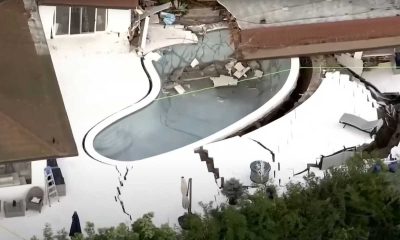
 Pool News4 weeks ago
Pool News4 weeks agoLandslide Damages Homes, Destroys Swimming Pool in California
-
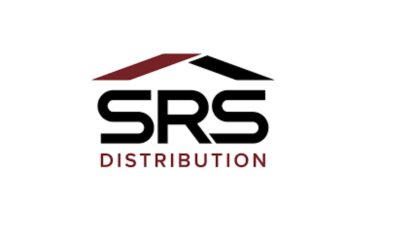
 Manufacturer2 weeks ago
Manufacturer2 weeks agoSRS Distribution Announces Next Phase of Growth by Combining with The Home Depot to Better Serve Professional Customers
-

 Pool News4 weeks ago
Pool News4 weeks agoFluidra Launches €20 Million Venture Capital Fund – Fluidra Ventures
-
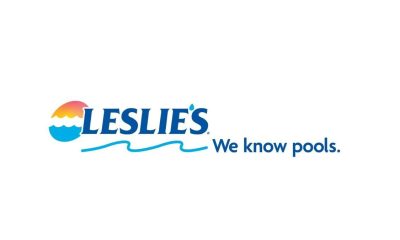
 Cleaning and Service Equipment and Supplies2 weeks ago
Cleaning and Service Equipment and Supplies2 weeks agoRecent Leslie’s/Harris Poll Study Shows Nearly Three-Quarters of Americans Mistakenly Assume Clear Pool Water Is Clean, Swim-Safe Water
-

 Manufacturer4 weeks ago
Manufacturer4 weeks agoBofA Downgrades Latham Group Citing Weak Pool Construction Market
-
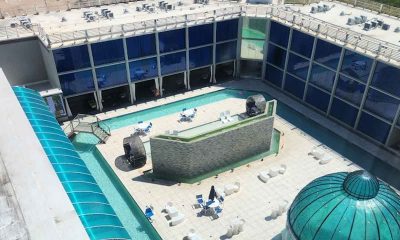
 Pool News2 weeks ago
Pool News2 weeks agoHotel Pool Had Numerous Violations in Case Where 8-Year-Old Was Pulled Into Pipe
-
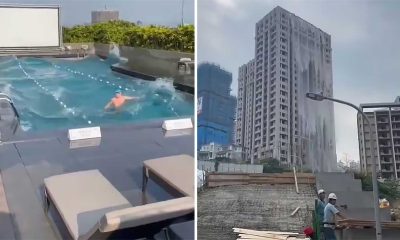
 Pool News5 days ago
Pool News5 days agoEarthquake in Taiwan Causes Waterfall From Rooftop Pool
-

 Equipment Supplies3 weeks ago
Equipment Supplies3 weeks agoFWP Faces Class Action Lawsuit Stemming From 2023 Cyberattack



